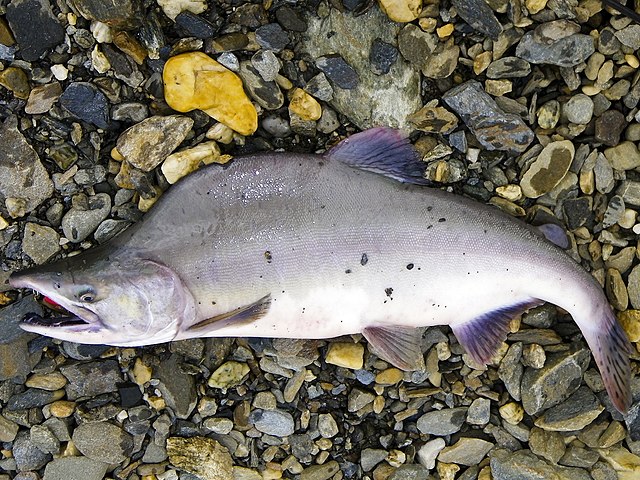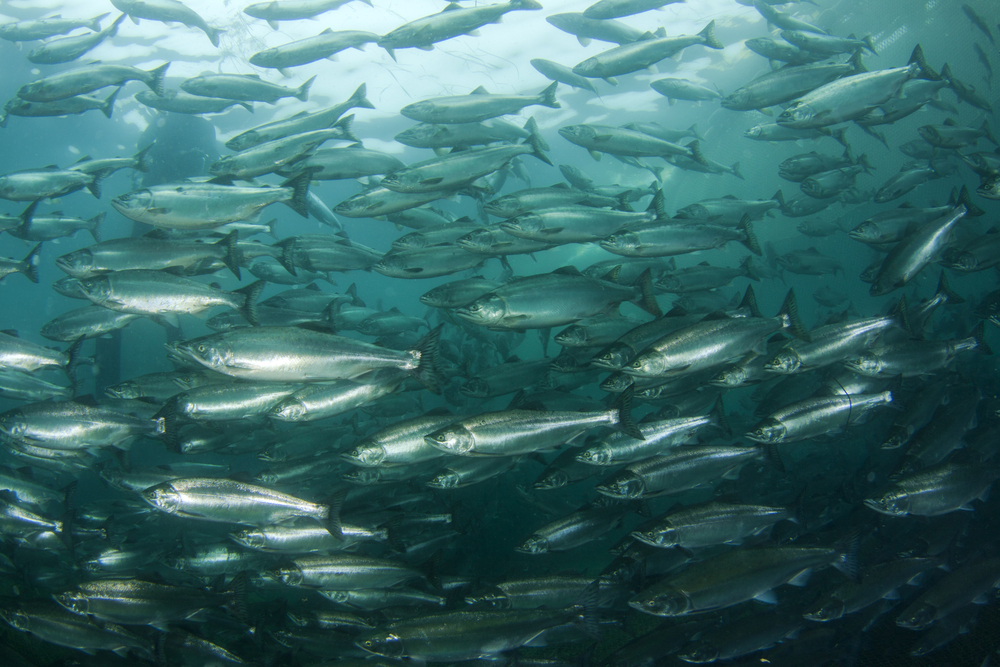Norweigian conservationists are using AI to prevent invasive Pacific salmon from entering European waterways. The UK is looking to adopt the same technology for their own rivers.
The concentration of Pacific salmon in Norway’s rivers rocketed from 13,900 in 2019 to 111,700 in 2021, with the invasive fish representing the 57% majority of salmon caught across the country’s rivers and Atlantic coast.
Pacific salmon are endemic to the Pacific Coast but were released into the White Sea by Russia in the 1950s and 60s, from where they’ve staged an invasion of Western European waterways.
Native Atlantic Salmon populations are dwindling, particularly in Norway and the UK. If their populations are left unchecked, Pacific salmon could completely replace native Atlantic salmon in the next decade.
AI fish immigration control
Huwaei collaborated with Berlevåg Jeger-og Fiskerforening (BJFF) to build an AI fish filtering system in Norway’s Storelva River.
By capturing video footage from underwater, the AI uses a computer vision (CV) model to identify Atlantic salmon from Pacific salmon, much akin to the facial recognition technology used in immigration control.
Pacific salmon are visually distinct from Atlantic salmon, especially in the case of the males who develop humps on their backs throughout the spawning season.

Pacific salmon also tend to be larger than native European salmon, and some have large black spots on their back and pinkish brown across their flanks.
These visual characteristics enable the AI model to positively identify Pacific salmon with 90% accuracy. Once detected, they’re diverted from the river into a holding bay and later released at sea.
Before deploying AI technology, teams of conservationists and volunteers would wait for a predicted influx of salmon and attempt to catch any Pacific salmon manually.
In addition, the AI collects other valuable data about salmon populations and migratory behavior.
UK to adopt the technology
The UK is suffering its own Pacific salmon invasion and is looking to adopt Norway’s AI solution in its own rivers.
Mark Bilsby, chief executive of the Atlantic Salmon Trust conservation charity (AST), is traveling to Norway to assess the impact of the technology.
He said, “If it’s appropriate and it works, then we can consider using it… we have to find out how our Norwegian friends are managing.”
AI’s small-scale and novel use cases often fly under the radar. Collaborations between big tech like Huawei and conservation groups highlight the potential of micro-scale AI solutions to solve complex problems.





